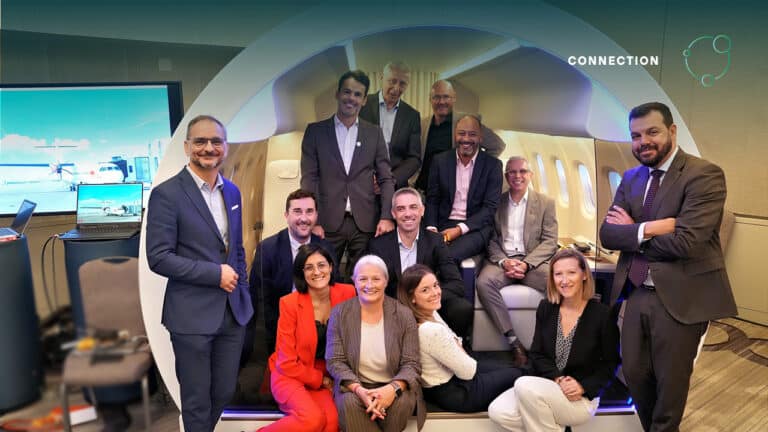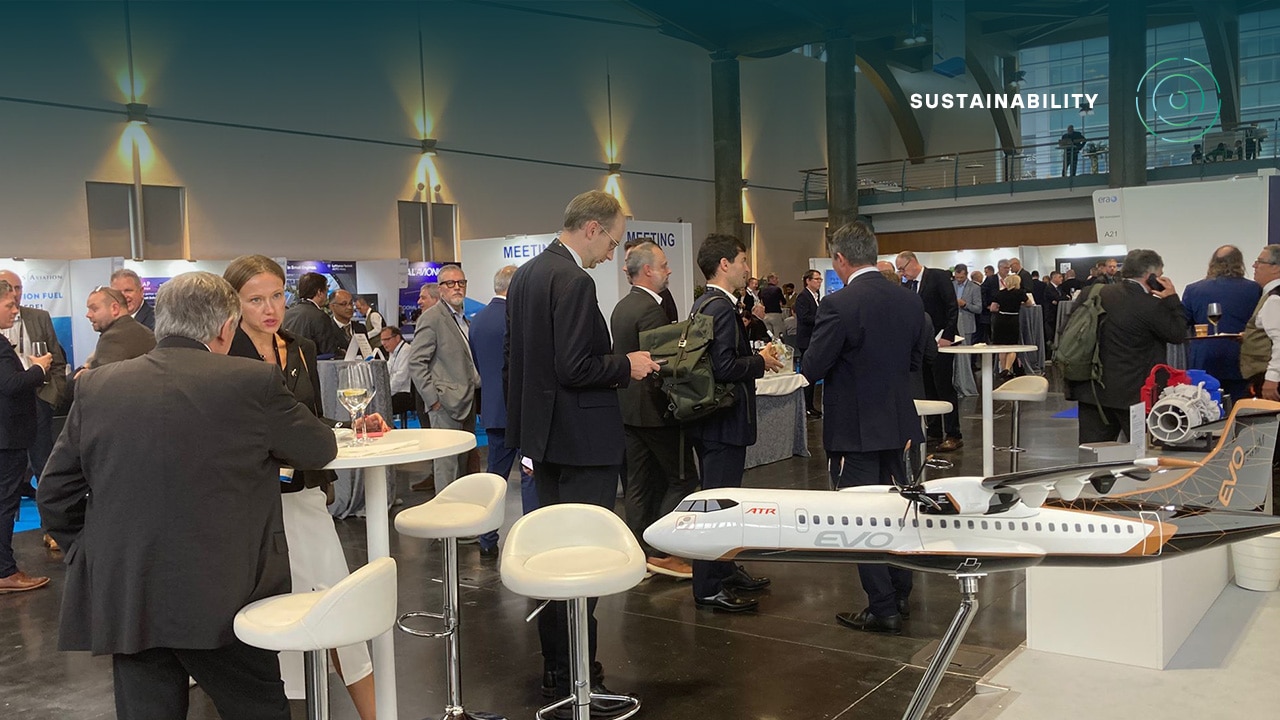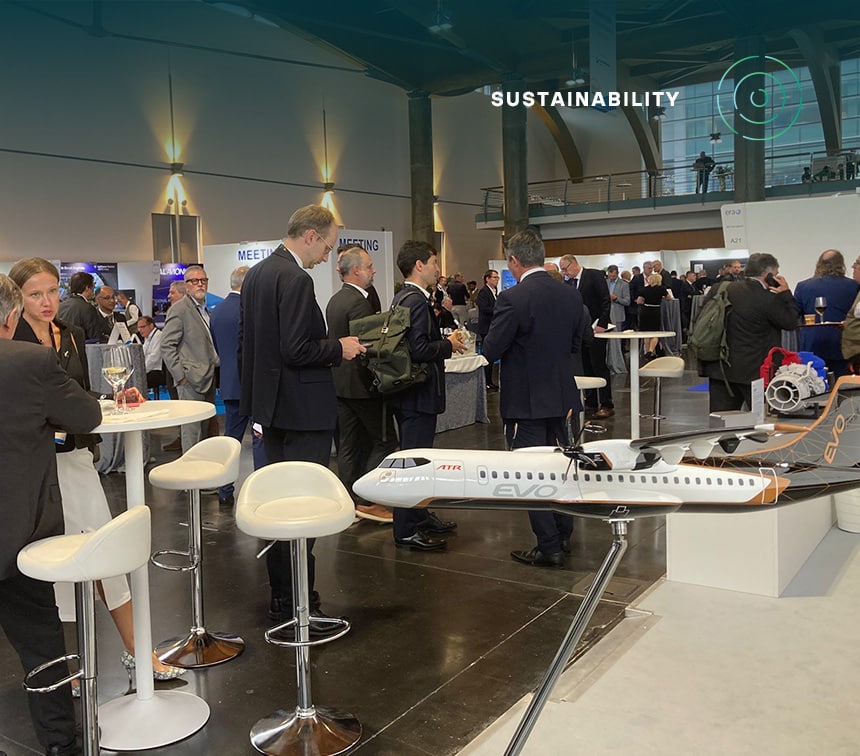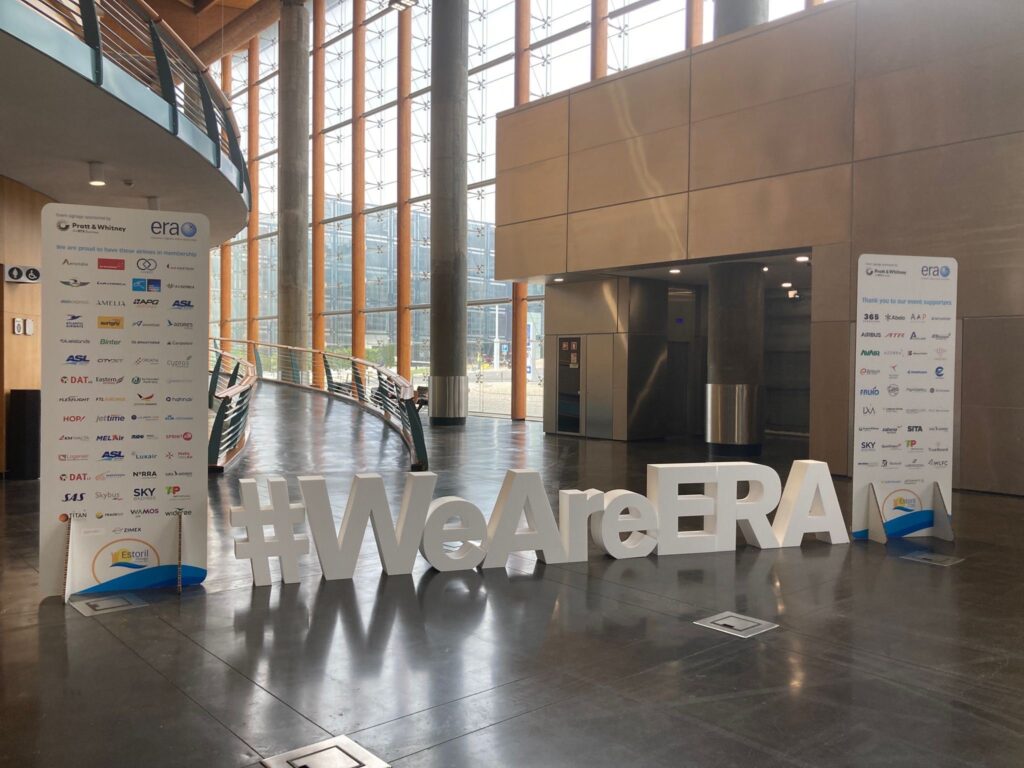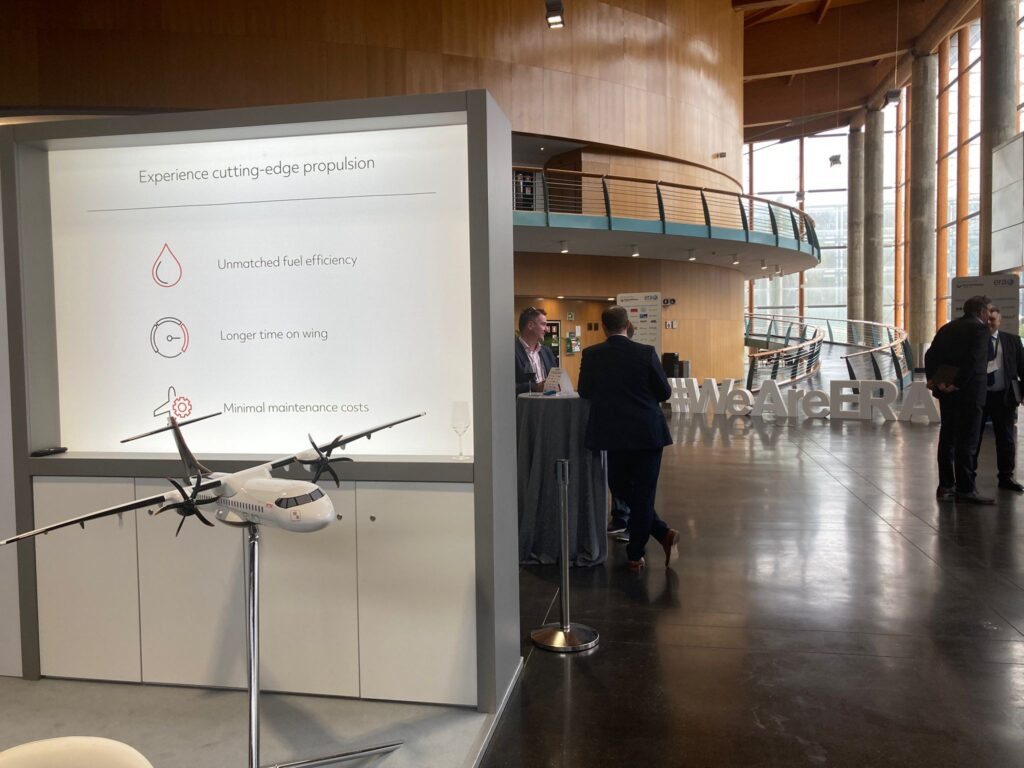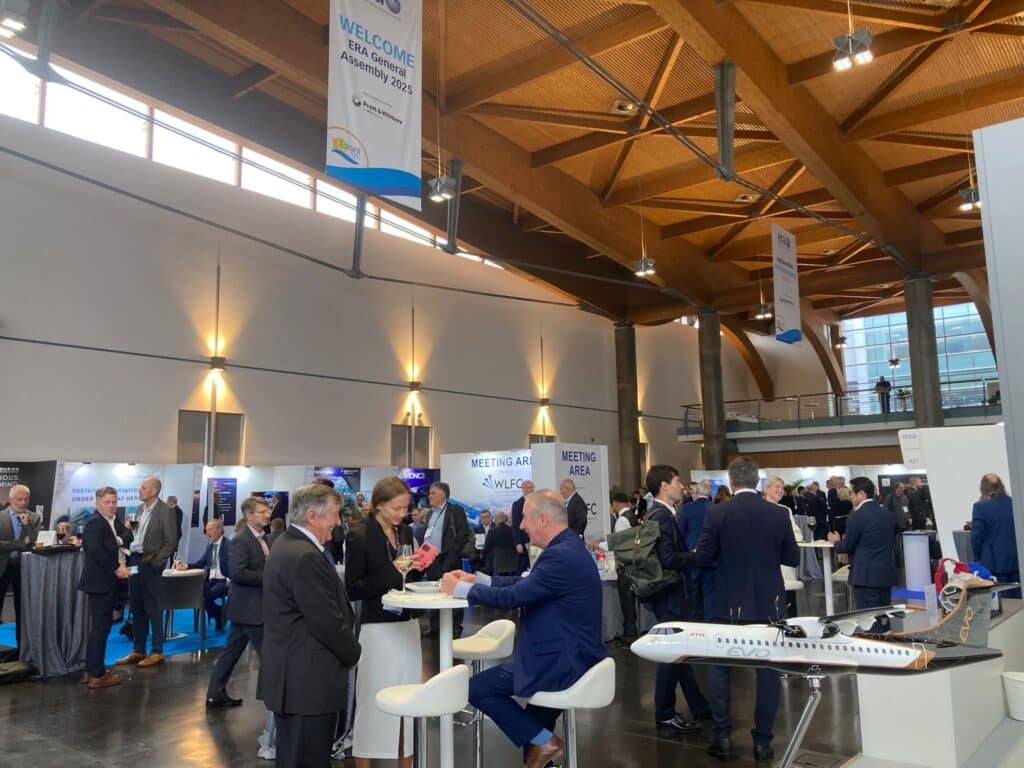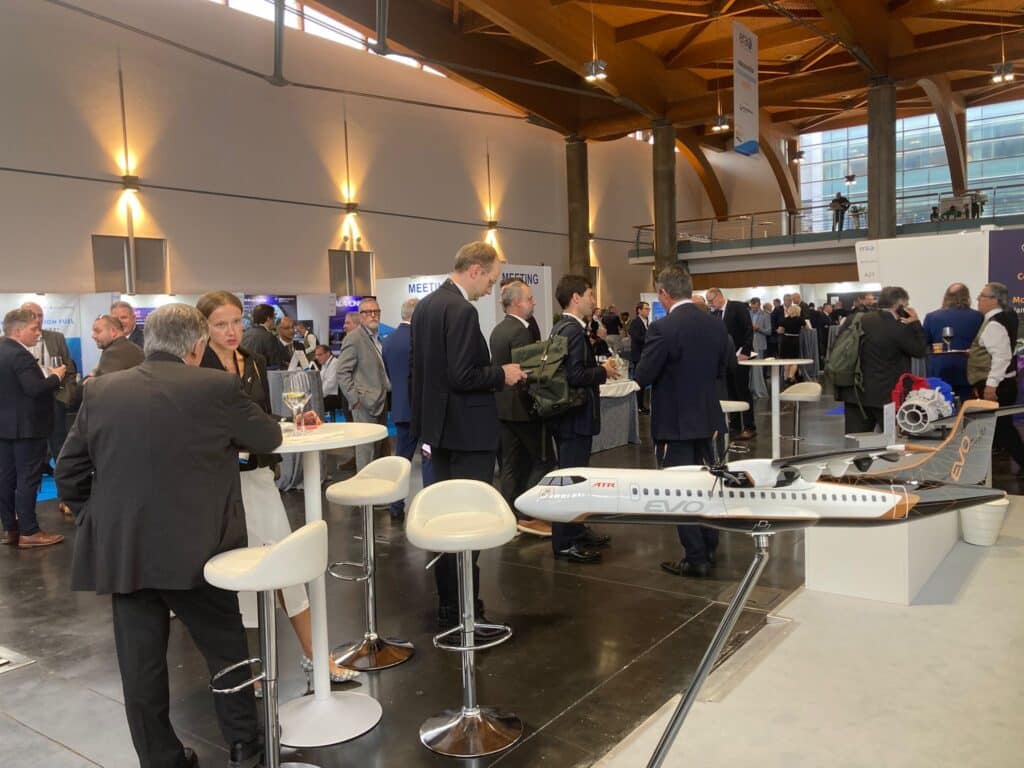ATR Calls on EU Policymakers to Protect Regional Airlines and Safeguard Connectivity
Estoril, 22 October 2025 – As Europe faces the dual challenge of reducing emissions while preserving the mobility of its communities and businesses, ATR urges EU policymakers to adopt a proportionate, inclusive, and performance-based approach to regulation – one that reflects the realities of regional operators and supports their vital role in Europe’s mobility network.
Regional Airlines: Essential, Efficient, and Under Pressure
Regional airlines are the backbone of European connectivity. They serve communities that larger carriers won’t reach, fly where rail won’t go, where ferries are seasonal, and where roads are impractical. They connect students to universities, patients to hospitals, and families to each other.
Yet, despite their efficiency and essential role, regional operators are facing increasing regulatory pressure. The ongoing implementation of the Fit for 55 package risks undermining the very operators who are already doing the most with the least.
“Regional airlines are more than just carriers, they’re lifelines,” says Nathalie Tarnaud Laude, Chief Executive Officer of ATR. “They serve the most essential routes and are already leading the way in low-emission aviation. We must protect them, not penalise them.”
A Proven Role in Sustainable Mobility
Regional airlines are adapting with agility: deploying smaller, more efficient aircraft to match demand, reduce emissions, and maintain service on thin routes. Their contribution to Europe’s mobility and sustainability goals is clear:
- 88% of Public Service Obligation (PSO) flights in Europe are operated by regional aircraft, 62% by ATRs
- 23% of European airports rely exclusively on turboprops
- Of the 1,000+ turboprop routes in Europe, only two exceed 1 million seats annually – both inter-island routes in the Canaries. This threshold is typically where high-speed rail (HSR) becomes viable, highlighting that HSR and regional aircraft are complementary, not overlapping.
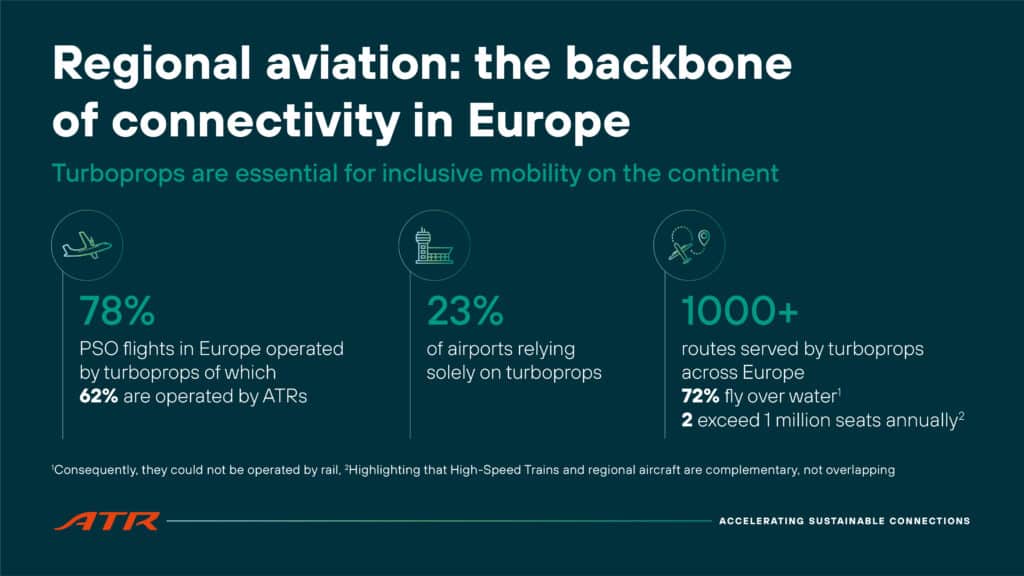
A Credible Path to Decarbonisation
Regional connectivity is a unique ecosystem, with specific needs, constraints and responsibilities. It cannot be treated like long-haul or high-density transport.
ATR offers a credible, tangible path to decarbonisation, tailored to the realities of regional aviation:
- The lowest-emission aircraft in its category: the ATR 72-600 emits 45% less CO2 per trip than similar-size regional jets, and is the first sub-100-seat aircraft certified under ICAO’s CO2 efficiency standard (CS-CO2), well ahead of the 2028 mandate
- A significant advantage in non-CO2 effects, operating at lower cruise altitudes where the formation of contrails is extremely rare
- 50% SAF capability today, with 100% expected by the end of the decade
- Proven profitability on low-demand routes: the lowest cost per trip regional aircraft in production
- A partnership with ATOBA Energy to explore mass balance systems, physical delivery solutions and regulatory support to make SAF accessible to all regional airlines.
Additionally, ATR has a clear roadmap to hybrid-electric flight by 2030. As part of EU’s Clean Aviation’s Ultra-Efficient Regional Aircraft (UERA) thrust, ATR will spearhead two ambitious development projects aimed at demonstrating the integration of hybrid-electric propulsion, advanced propeller systems and electrified aircraft systems on a regional aircraft. By 2030, ATR will achieve a world first: flying a hybrid-electric regional aircraft using an ATR 72-600 test bed.
“We’re not waiting for the future, we’re helping build it with tangible solutions that stand a real chance of passing the reality check,” adds Tarnaud Laude. “Clean Aviation isn’t a buzzword for us. It’s a programme we’re actively flying in, with real aircraft, real partners, and real impact.”
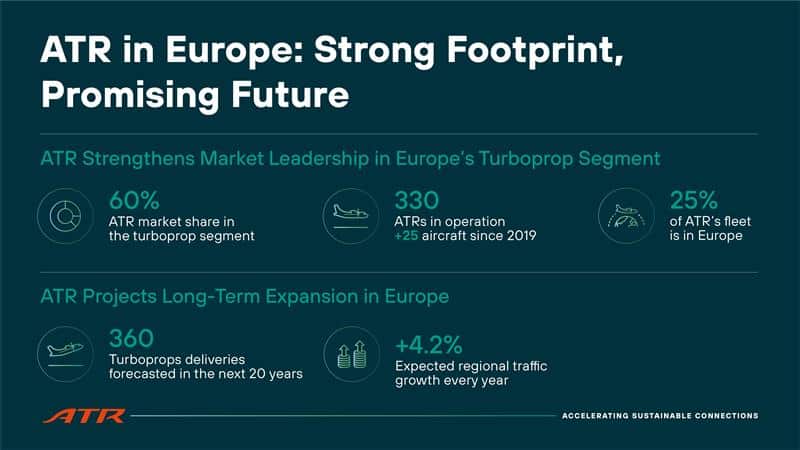
Policy Recommendations: A Call to Action
To ensure regional aviation continues to deliver sustainable connectivity, ATR urges EU policymakers to:
- Apply anti-tankering rules proportionately, recognising the efficiency of turboprops
- Continue acknowledging the non-CO2 emission benefits of turboprops, thanks to their lower altitude operations and minimal contrail formation
- Design environmental criteria in PSO tenders around performance, not propulsion type
- Double EU funding for civil aviation research in the next Multiannual Financial Framework
- Ensure SAF deployment is inclusive and cost-effective.
A Stronger, Fairer Europe
Regional aviation supports 335,000 jobs, contributes €23.1 billion to the European economy, and ensures that Europe remains united, not just politically, but physically. With 72% of ATR flights in Europe operating over water, many routes are irreplaceable by any ground transportation alternative.
“With 330 aircraft flying across the continent – 25% of our global fleet – we know what a day in the life of a European regional airline looks like. Our operators are building bridges,” says Alexis Vidal, ATR’s SVP Commercial. “They connect people, ideas, and opportunities. That’s the Europe we believe in.”
ATR stands ready – certified, flying, evolving – to continue supporting the operators who make Europe move forward.
Press Contacts
Charlotte Giuria
Head of Content
Jeanne Caumont
Content & Media Relations
About ATR
ATR is the world number one regional aircraft manufacturer with its ATR 42 and 72, the best-selling aircraft in the below 90-seat market segment. The unifying vision of the company is to accelerate sustainable connections for people, communities and businesses, no matter how remote. Flown by some 200 airlines in over 100 countries, ATR aircraft open 120 new routes on average every year, facilitating the development of territories and enabling access to crucial services like healthcare and education. Thanks to ATR’s focus on continuous innovation and the intrinsic efficiency of the turboprop technology, ATR aircraft are the most advanced, versatile, cost-effective and lowest-emission regional aircraft on the market, emitting 45% less CO2 than similar-size regional jets. In January 2022, we flew the first ever commercial aircraft using 100% SAF in both engines. ATR is a joint-venture between Airbus and Leonardo.






